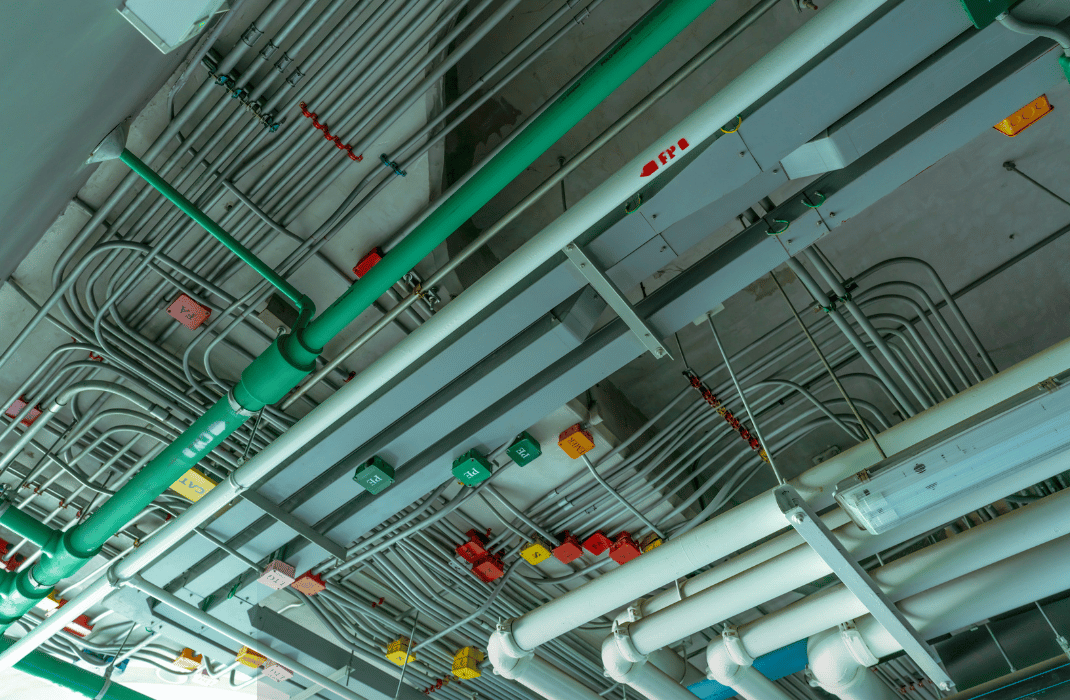
3D architectural rendering services have completely changed how we look and plan construction. These services help architects, designers, and clients make educated decisions by providing a realistic and immersive perspective of buildings before they are built. This blog will explore the development, advantages, and prospects of 3D rendering services, emphasizing their transformation into an essential resource for the field.
The Evolution of 3D Architectural Rendering:
- Early Years: Two-dimensional drawings and actual models were initially the only architectural visualizations available. Although helpful, these approaches lacked the complexity and realism required to comprehend the design thoroughly. To communicate their ideas, architects frequently rely on their artistic abilities and their clients’ creativity, which results in miscommunications.
- The Arrival of CAD: Computer-Aided Design (CAD) software helped the development of architectural rendering to a dramatic change. Thanks to programs like AutoCAD, professional mechanical engineers can now produce intricate digital drawings, which allows them to improve the accuracy and efficiency of the design process. These early CAD drawings, however, lacked the immersive quality that would come with later developments and were still essentially 2D.
- 3. Rise of 3D Modeling Software: SketchUp and Revit helped architectural visualization gain new depths . With these tools, precise and detailed 3D models that were easily improved upon could be produced. Architects now have the power to make virtual walkthroughs and see their ideas turning into reality before it actually does. This helps them with deeper understanding of the model and plan.
- 4. Real-Time Rendering: Lumion, V-Ray, and Unreal Engine have helped architectural visualization undergo a drastic change. With these tools, architects can instantly create amazing, lifelike pictures and animations. Real-time rendering software produces an extremely realistic model of the final design with the help of lighting and materials to be used.
Benefits of 3D Architectural Rendering Services
3D rendering services offer numerous benefits to architects, designers, and clients alike:
- Enhanced Visualization: Stakeholders and clients may see precisely how a building will look, down to the materials, lighting, and surroundings. This lowers miscommunication and sets expectations straight. 3D
rendering services give clients an accurate and clear picture of the design, enabling them to see the finished project and make well-informed decisions.
- 2. Better Communication: Renderings give architects, engineers, and clients a common language. They aid in effectively communicating potential problems and design intent. With the help of 3D architectural services, professional mechanical engineers can work with multiple clients and effectively deliver ideas, making sure that everyone agrees throughout the design process.
- Cost and Time Efficiency: Identifying design faults during the early stages of the process can help companies save time and cost. The digital model allows for modifications without making expensive changes to actual structures. Architects can prevent costly errors and construction-phase delays by detecting and resolving difficulties in the virtual world.
- 4. Marketing and Presentation: Professionally rendered images make great marketing and presentation aids. They might be included in brochures, websites, or presentations to draw in customers and investors. 3D architecture rendering services offer an amazing visual tool that helps highlight a design’s potential and increase its attractiveness to investors and clients.
The Role of Professional Mechanical Engineers
In order to ensure a building’s operation and safety, professional engineers are just as important as 3D rendering services. Their knowledge of plumbing, HVAC systems, and structural integrity enhances the work of architects and produces well-rounded and effective designs. Expert mechanical engineers collaborate closely with architects to guarantee that the design satisfies all relevant performance and safety requirements while also being aesthetically pleasing.
The Future of 3D Architectural Rendering
3D rendering services have a bright future ahead of them thanks to a number of noteworthy upcoming developments:
- 1. Virtual and augmented reality: With the help of these technologies, architectural visualization will be able to reach new heights and provide clients with a more thorough virtual tour of structures. Clients can explore the virtual through this 3D architectural Rendering Services world as if they were physically present by donning a VR headset, which enhances their comprehension of the design and its spatial relationships. Contrarily, augmented reality (AR) enables architects to superimpose virtual landscapes over the actual ones, giving clients a preview of how a suggested project will blend in.
- Artificial Intelligence and Machine Learning: AI can produce realistic textures, optimize lighting and ambient effects, and automate and enhance numerous rendering process steps. Using machine learning techniques, 3D rendering services may produce more accurate and efficient simulations, saving designers and architects both money and time.
- Sustainable Design: Rendering technologies will include additional elements to simulate and assess the environmental impact of designs as sustainability gains importance, assisting architects in creating greener buildings. Architects may make well-informed decisions regarding materials, energy efficiency, and environmental impact by integrating sustainable design principles into their representations. This leads to the creation of more economical and ecologically friendly buildings.
Conclusion:
It is indisputable that 3D architectural rendering services have revolutionized the building and architectural sectors. By offering a realistic and thorough perspective on projects, they help to improve communication, efficiency, and decision-making. These services will only grow more crucial to the design process as technology develops, influencing architecture’s future in fascinating and creative ways. It will be imperative that architects and professional engineers work together to ensure that designs are both aesthetically pleasing and operate safely and effectively.